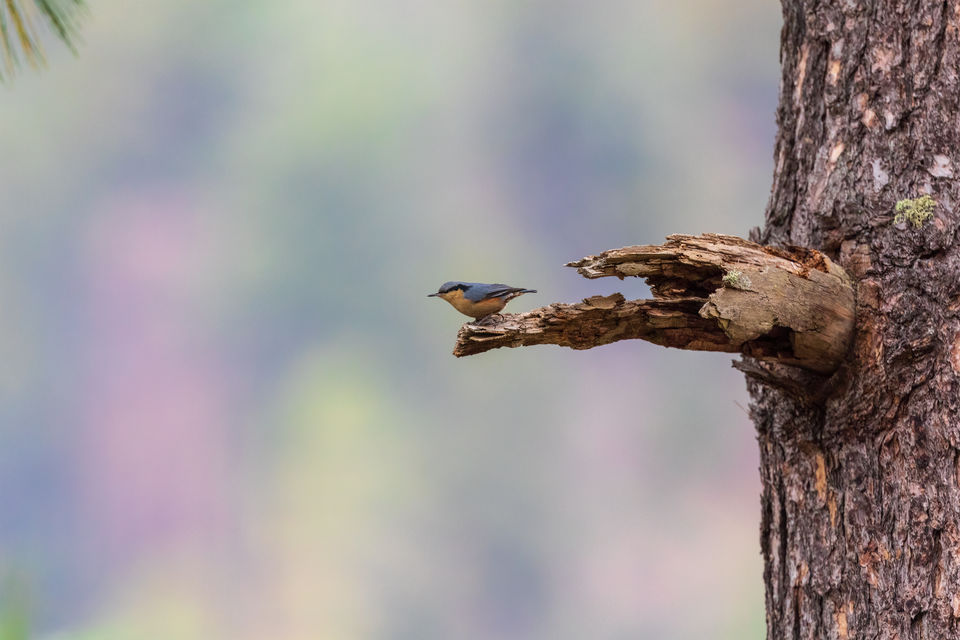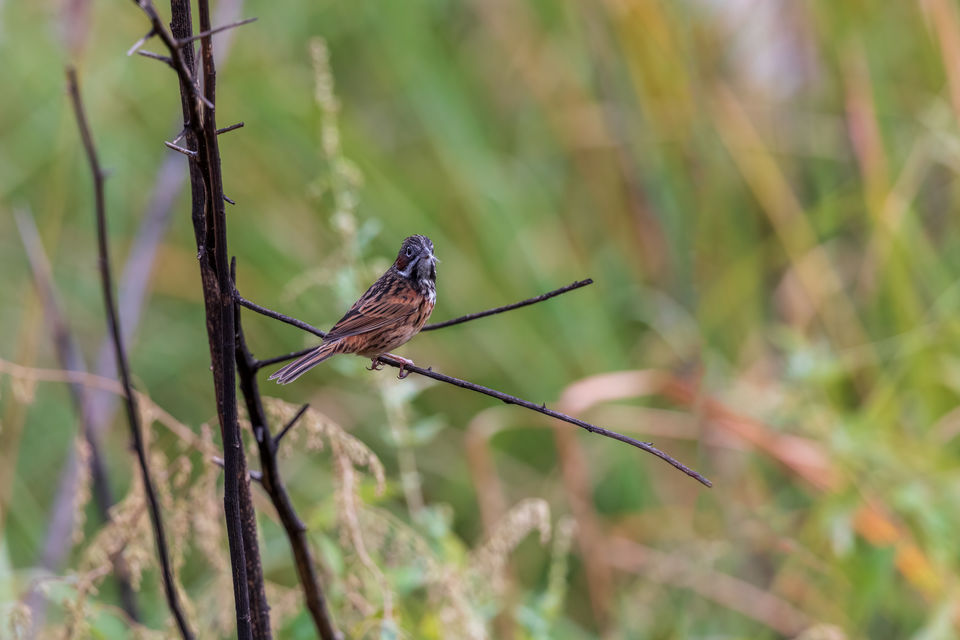
Nestled amidst the dawn-lit mountains in Arunachal Pradesh, the land of the dawn-lit mountains, bordering China, Walong is the easternmost town of mainland India. A circle headquarter town in the newly-created Anjaw District, it is about 90 km north of the district headquarter town of Hawai. Diphu Pass (near India-China-Myanmar tri-junction) is just 60km north of Walong. often Interspaced with dense fog, in Walong, unscathed tropical forests, alpine meadows, shrubby woods, bamboo groves, sloping grasslands, deep gorges, and the Lohit River—all co-exist in varying hues of blue, yellow and emerald. Parts of Walong (1094m) fall under Dichu Reserve Forest. It is an important bird area (IBA), harbouring over 250 bird species.
Rich in biodiversity, Walong is home to several endemic and unique flora and fauna. Bird species such as the Yunnan Nuthatch (Sitta yunnanensis), Sichuan Leaf Warbler (Phylloscopus forresti), Daurian Redstart (Phoenicurus auroreus) and Derbyan Parakeet (Psittacula derbiana) of the Yunnan and Sichuan provinces of the People's Republic of China are sighted here. In winter, these species enter through the Lohit valley. Derbyan Parakeets visit this area during April-May for breeding. Godlewski's Bunting (Emberiza godlewskii) and Chestnut-eared Bunting (Emberiza fucata) are easily sighted here.
However, this pristine forest is not free from human interference. Local hunters are frequently found moving with guns and catapults in search of small game . Some people also hunt at night using torches, disturbing the forest ecosystem. Lately, the illegal and reckless timber extraction has also been found owing to its high market demand. Falling tall Chir pine trees has not only caused drastic depletion of its natural population but also impacted the biodiversity of the area. Here presents the enigmatic beauty, grace with kaleidoscopic colours of few birds captured through my lens.










Getting There
Air : Dibrugarh Airport (384 km; almost 13 hrs) is the nearest airport to Walong, with direct flight connectivity from Kolkata, New Delhi and Guwahati.
Rail: New Tinsukia Junction (NTSK) (335 km; almost 12.5 hrs) is the nearest railway station to Walong, with direct rail connectivity from Howrah, New Delhi, Mumbai, Bangalore and Guwahati.
Road: Walong can be approached by crossing the 2.9km long Alubari Bridge from Dibrugarh or Tinsukia. The recommended access is Dibrugarh–Tinsukia– Alubari Ghat Bridge–Namsai–Tezu–Hayuliang/ Hawai. Tezu town is situated 19.7 km away from Alubari Ghat Bridge. Walong is 200 km from Tezu, and Kaho is another 26km north of Walong. In some patches, the road between Tezu to Walong is extremely narrow with countless hairpin bends and are prone to frequent landslides, so exercise caution while driving.
Best Time To Visit
December to January is the coolest time of the year, with the temperature dipping to 3°C. During this period, snowfall in the upper ridges poses a hindrance for tourists and travellers.
February to May is the ideal time to visit Walong, with temperatures ranging from 8 to 14°C. March and April are the flowering months for rhododendron and orchids and birders flock to the hills during this time of the year. March also ushers in pre-monsoon showers which may cause some inconvenience.
June to September is the monsoon season and unpredictable road conditions make it difficult to visit Walong during this time.
Budget Per Person
● A two-night stay at Walong and a one-night stay in Dong is highly recommended for enjoying its wildlife, natural beauty and culture. Since it is a geographically challenging area, group travel is recommended so that costs and logistics can be shared.
● Various tour agencies are charging ₹6,500 to ₹7,500 per day for a birding tour of 5-6 days for Walong. Charges apply to a group of minimum 3-4 individuals and include accommodation, meals, transport vehicle and bird guide services.

























